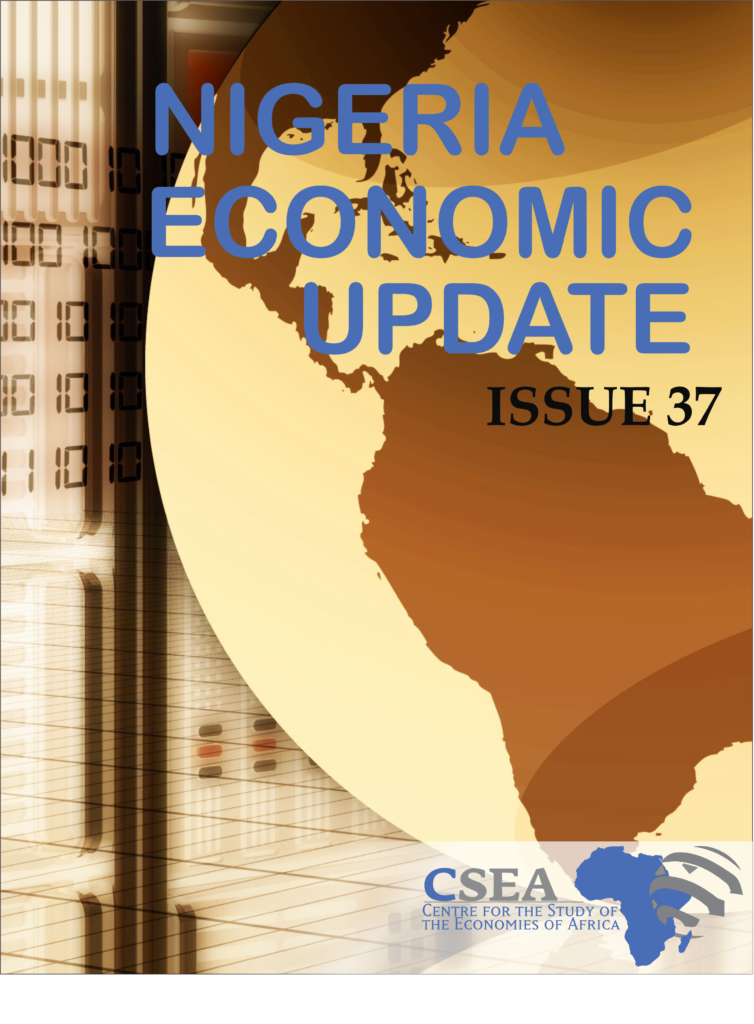The recent report by United Nations Development Programme (UNDP) shows that Nigeria’s Human Development Index (HDI) value rose very marginally from 0.530 in 2016 to 0.532 in 20171. However, overall, the ranking remained unchanged at 157th position out of 189 sample countries – putting the nation in the low human development category, and below Ghana, Kenya and a few other sub-Saharan countries. The HDI criteria which are broadly inclusive of countries’ social, political and economic diversity and indicative of the quality of life, may have shown limited progress in Nigeria due to rising population2 (currently, the population stands at 190.1 million). In the population growth and absence of the political will to address the sub-optimal HDI, signalled by the historic low budget share allocated to the education and health sectors, significant improvements in the HDI is not foreseeable in the near future.
Macroeconomic Report & Economic Updates

September 24, 2018
Nigeria Economic Update (Issue 37)
The recent report by United Nations Development Programme (UNDP) shows that Nigeria’s Human Development Index (HDI) value rose very marginally from 0.530 in 2016 to 0.532 in 20171. However, overall, the ranking remained unchanged at 157th position out of 189 sample countries – putting the nation in the low human development category, and below Ghana, […]
Read →
Related
Nigeria Economic Update (Issue 18)
Recent Data released by the Nigeria Bureau
of Statistics reveals an increase in total public debt stock between 2015 and
2016. Foreign and domestic debt stock stood at $11.4 billion and N14.0 trillion
respectively as at December 2016, from $10.7 billion and N10.5
trillionrecorded as at December 2015. Disaggregated
data shows that foreign debt sources comprised Multilateral ($8.0 billion),
Bilateral ($0.2 billion) and Exim bank of China ($3.2 billion); domestic
sources included government bonds, treasury bills and bonds. The federal
government and states accounted for 68.7% and 31.3% respectively of foreign
debt stock; 78.9% and 21.1% respectively of domestic debt stock. This maybe
particularly at the backdrop of government borrowings in 2016 to finance its
expenditure (mostly recurrent).
The Budget, Fiscal Policy And Service Delivery
The
paper discusses the Macroeconomic impact of budget and its process and how to
achieve an efficient and timely budget cycle.
